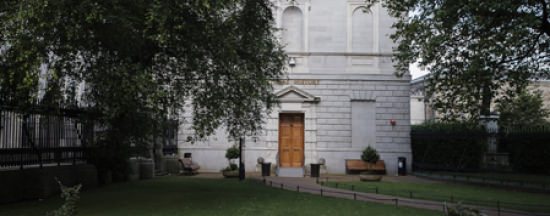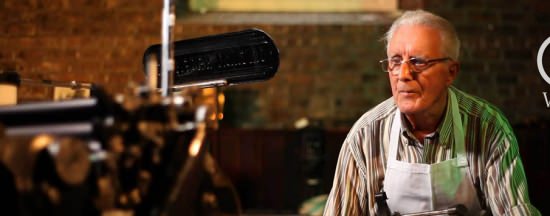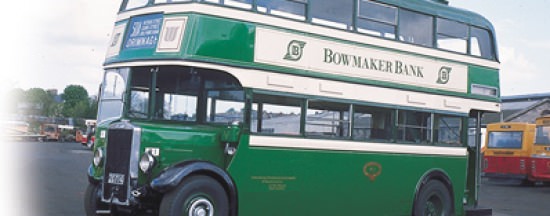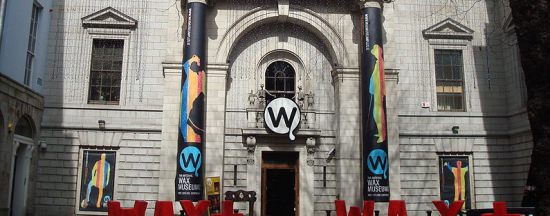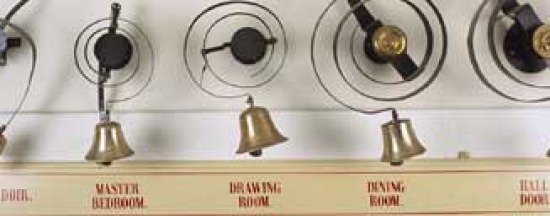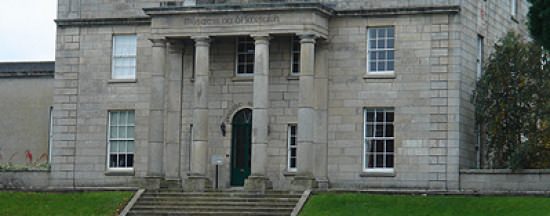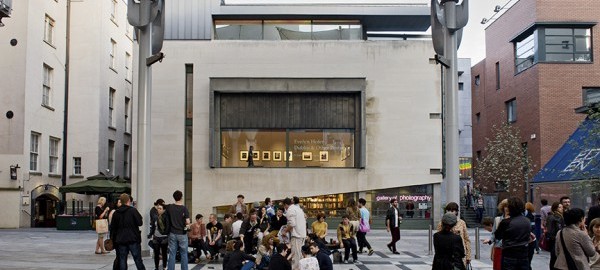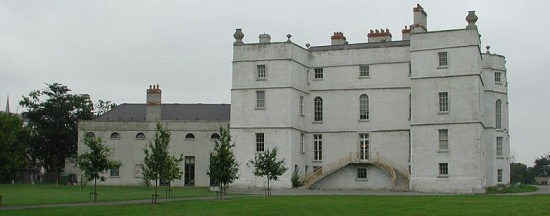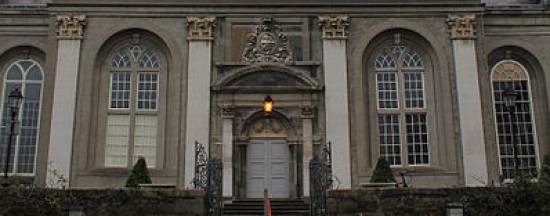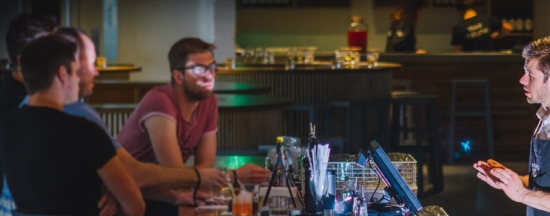The National Museum (Natural History) is located on Merrion Street. The building was constructed in 1856 to house the Royal Dublin Society’s growing collections, which had expanded continually since the late 18th Century.
The building is a ‘cabinet-style’ museum designed to showcase a wide-ranging and comprehensive zoological collection, and has changed little in over a century. Often described as a ‘museum of a museum’, its 10,000 exhibits provide a glimpse of the natural world that has delighted generations of visitors since the doors opened in 1857. Kids rate this venue a 5-star experience.
The building and its displays reflect many aspects of the history and development of the collections. It was originally built as an extension to Leinster House, where the Royal Dublin Society was based for much of the 19th Century. The building was designed by architect Frederick Clarendon.
In 1877 ownership of the Museum and its collections was transferred to the state. New funding was provided for the building, and new animals were added from an expanding British empire during the great days of exploration.
The Natural History division cares for the state collections in the disciplines of zoology and geology. The botanical collections of the Museum were transferred to the National Botanic Gardens in 1970.
The Natural History collections comprise approximately two million specimens. The largest of the collections, in terms of numbers, is the extensive insect collection, which accounts for about half of all specimens. There is a surprising amount of material from outside Ireland, much of this a legacy of the 19th Century British Empire, when Dublin was one of its most significant and populous cities, and Irish scientists and keen amateurs staffed the largest navy in the world and were involved in numerous expeditions to far away places.
The collections are used as a reference resource by staff and research visitors, and play an important role in the identification of specimens such as insect pests that may have considerable economic significance. Staff carry out field work, publish their own research and assist visitors who are also involved in scientific publications. Time is also spent acquiring new examples of the Irish fauna through regular fieldwork.
The ground floor is dedicated to Irish animals, featuring giant deer skeletons and a variety of mammals, birds and fish. The upper floors of the building were laid out in the 19th Century in a scientific arrangement showing animals by taxonomic group. This scheme demonstrated the diversity of animal life in an evolutionary sequence.
The main collection on display are:
- Irish Fauna
The museum has been closed for some time to permit major conservation and renovation works to take place.
The ground floor of the Natural History Museum has now re-opened. The rest of the museum is still undergoing restoration.
The Office of Public Works have built a roof access platform underneath the glass ceiling to investigate the roof and understand the structure of the building, which is over 160 years old. The work needed to fix this Victorian museum will take some time and is part of a larger-scale refurbishment project of the entire building, which is planned under the National Development Plan. The museum will close again some time in 2024.
Opening Hours:
Tues to Sat: 10am – 5pm
Sun & Mon: 1pm – 5pm.
May be open late on Thursdays during busy periods.
Open on Bank Holidays.
Christmas Eve 10am – 12pm.
Temporary partial closures are not uncommon, so it is advised to check the website for updates. Due to capacity restrictions, there may be long queues for entry as pre-booking is not possible for individuals. Bookings are required for groups, though bookings may not be available when requested.
Closed Good Friday, 25 & 26 Dec
Contact & Pricing:
museum.ie
marketing@museum.ie
Tel: 01 677 7444
Merrion Street, Dublin 2
Admission free; donations welcome
